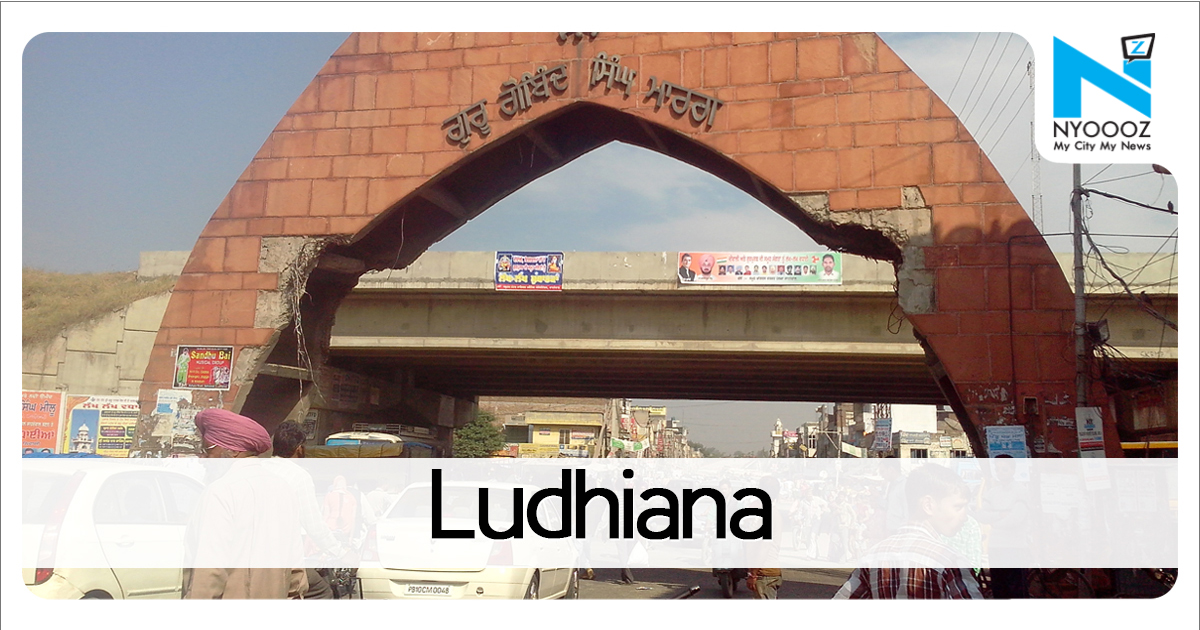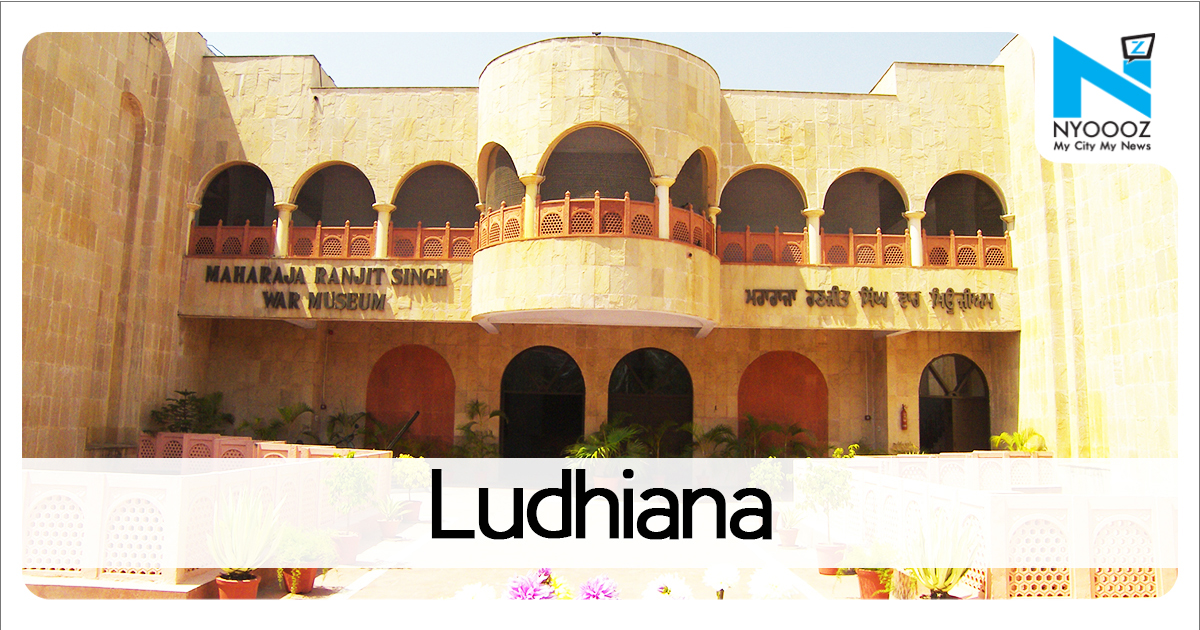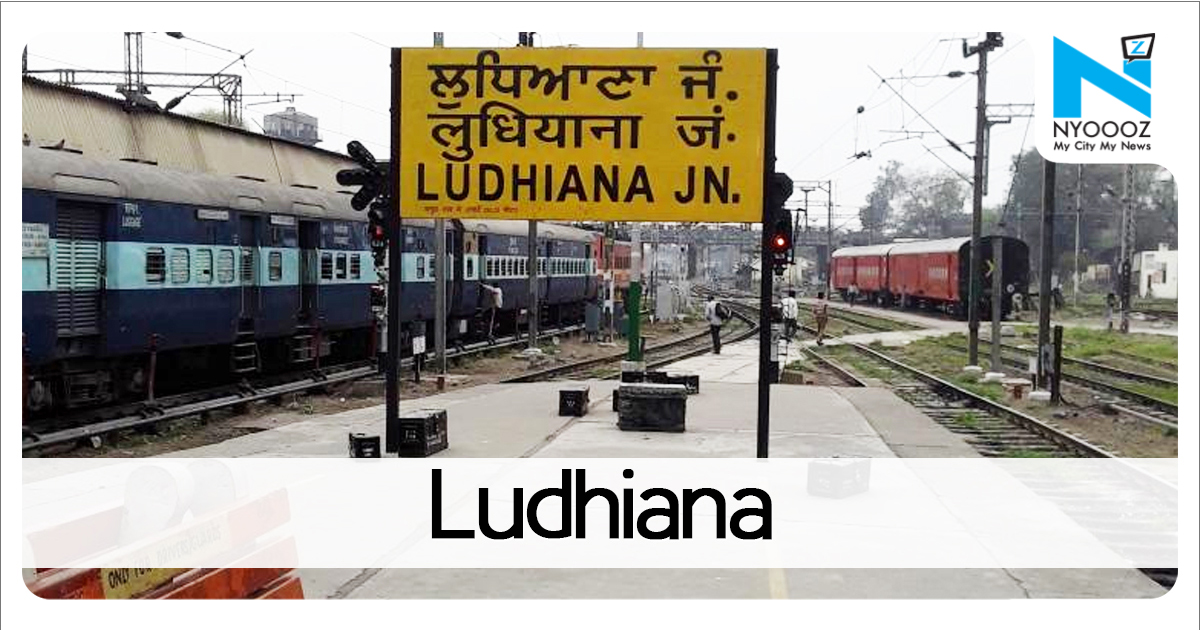'Rapid urbanisation may adversely impact Tricity by '30'
- | Monday | 19th November, 2018

The scholars said that it is expected by 2030, that the Tricity will witness a rise of more than 30 percent in urbanisation which will probably leave a drastic impact on various accounts. The build-up areas in SAS Nagar, Kharar, Mullanpur, Panchkula , Mohali, and Zirakpur have witnessed 79 percent increase in last 25 years. The study has been conducted on the basis of the Remote Sensing data collected from ISRO. The main reasons for urban growth are an unorganised expansion, increased immigration, and population explosion. Patiala: The researchers at IIT Ropar have conducted a study on the rapid growth of urbanisation including the coming up of infrastructures and build-up areas in the Tricity "The rapid urbanisation is raising an alarm in the tricity and would leave an adverse impact on the environment and vegetation in the coming decade," says study.The researchers said that the rapid urbanisation has led to complex problems, including a reduction in vegetation cover, the formation of the urban heat island effect, environmental pollution, reduced open space, a boost in slum areas and many other factors.This study intends to explore the spatial patterns of urbanisation and its impact on the environment in and around Chandigarh.

If You Like This Story, Support NYOOOZ
Your support to NYOOOZ will help us to continue create and publish news for and from smaller cities, which also need equal voice as much as citizens living in bigger cities have through mainstream media organizations.
Stay updated with all the Latest Ludhiana headlines here. For more exclusive & live news updates from all around India, stay connected with NYOOOZ.









